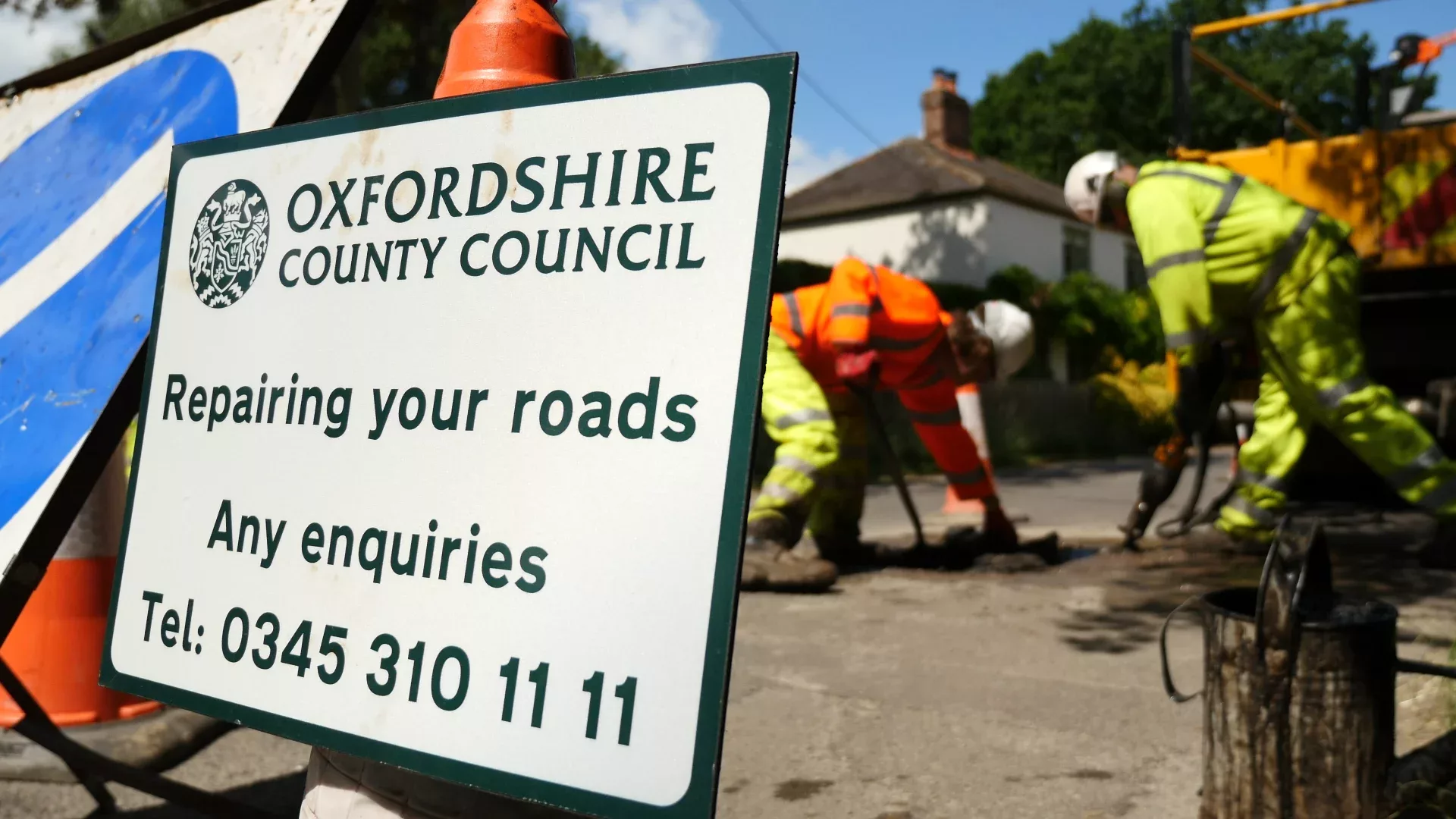Reducing pressure on Oxfordshire’s road network and enabling local traffic improvements are key objectives of the network management plan for 2023 – 28.
Oxfordshire County Council’s cabinet today adopted the plan, which includes hierarchies of road users and priority for roadworks in line with its Local Transport and Connectivity Plan and its commitment to climate action.
Councillor Andrew Gant, Oxfordshire County Council’s Cabinet Member for Highway Management, said: “We face a huge challenge in meeting residents’ travel needs as the population and associated infrastructure grows, while avoiding the economic damage caused by severe congestion and enabling a zero-carbon Oxfordshire by 2050.
“We have a once in a generation opportunity to make a significant shift away from private car use, towards more flexible working patterns and greener travel choices – reducing pressure on the road network and creating the space for local traffic improvements.
“Essential to achieving our priorities and policies is a transport system that enables the efficient movement of people and goods, while promoting greater use of sustainable travel modes.
“This network management plan explores the challenges that we face and explains how we will manage Oxfordshire’s highways to deliver an effective, sustainable transport system for people and businesses.”
Key objectives of the plan include minimising disruption, providing quality information to the travelling public, supporting active travel, improving journey time reliability, and maximising the effective use of road space.
The user hierarchy prioritises walking and wheeling, cycling, riding and public transport ahead of motorcycles, shared vehicles such as car clubs, and cars, vans, and lorries.
Network management will also make decisions to support road safety, especially following the council’s adoption of the vision zero strategy to eliminate all deaths and serious injuries from road traffic collisions in Oxfordshire by 2050.
There are approximately 30,000 accidents on Oxfordshire’s roads, 1,700 reported injuries – including 300 of a serious nature – and 30 deaths, with a higher proportion of serious incidents than many local authority areas due to a higher amount of rural road links on the network.
The hierarchy for the priority of roadworks is:
- emergency repairs
- works of national importance (such as HS2 and East West Rail)
- county council new and improved infrastructure projects
- digital connectivity infrastructure projects
- large public events
- major utility infrastructure and works
- small scale utilities
- highway maintenance activities.
The county council receives more than 35,000 applications to work on the roads each year – 87 per cent of which come from utility companies – with approximately 600 live sites on the network at any one time.
The county council is responsible for the maintenance of more than 4,500km of roads in Oxfordshire. As in other parts of the UK, the condition of the road network has deteriorated over recent years as government funding has not kept up with need.
The report warns that the potential impact of housing and jobs growth on the county’s transport networks could see traffic on many junctions exceed capacity by 2031, with severe delays on many routes, especially the A34, A40, A338 and A4074.

























